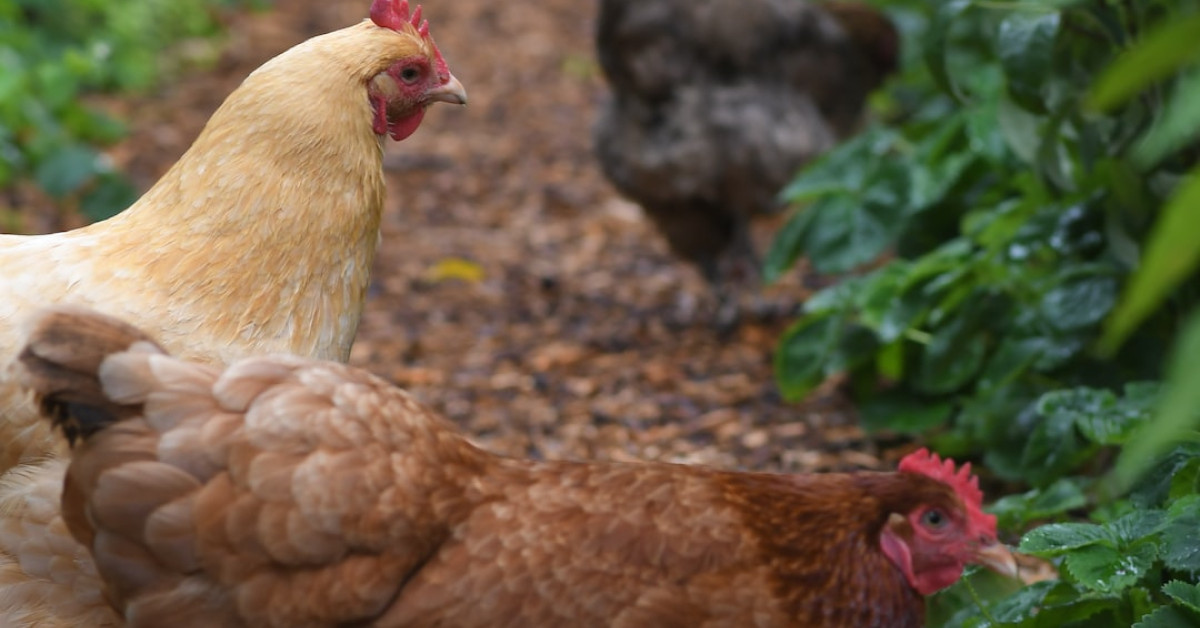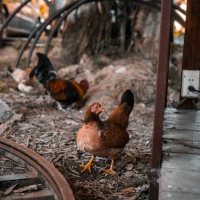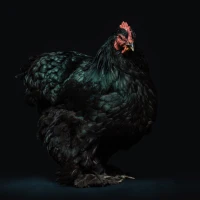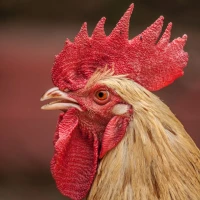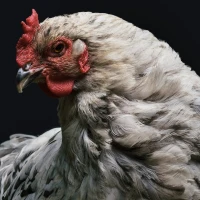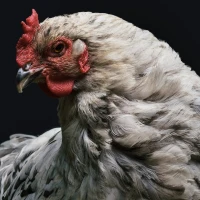When we think about high-protein foods, visions of thick steaks, 8oz chicken breasts, and brawny egg omelets often flood the culinary landscape of our minds. However, in an era where health consciousness goes hand-in-hand with sustainability, it’s time to shift the spotlight to the unsung heroes of the protein world—vegetables. Not only can these plant-based titans match the protein contained within an 8oz chicken breast, but they also offer an array of health benefits that meat may not provide.
Let’s delve into the green revolution and uncover how we can unlock plant power to satisfy our protein needs and cater to our overall well-being. You might just find that the path to protein is paved with more leaves than you thought.
The Protein Showdown: Vegetables vs. Chicken Breast
Protein is an essential macronutrient vital for muscle repair, hormonal function, and the overall maintenance of our bodies. Traditionally, animal-based sources like an 8oz chicken breast have been the poster child for protein, but as we widen our nutritional horizons, we find that vegetables are not only comparable contenders but also provide a synergy of benefits.
The Protein Packed Punch of Vegetables
In the green corner, we have a diverse range of vegetables, each offering not just protein, but a spectrum of nutrients that bolster our health:
- Lentils: Often touted as the heavyweight of plant-based proteins, one cup of cooked lentils provides approximately 18 grams of protein.
- Chickpeas: Another legume that can go round-for-round with chicken, offering about 15 grams of protein per cup.
- Quinoa: This pseudo-cereal delivers around 8 grams of protein per cup, and it is complete with all nine essential amino acids.
- Spirulina: A mere two tablespoons of this algae pack a whopping 8 grams of protein, likening it to the protein found in an 8oz chicken breast.
But it’s not just the numbers on the protein scale that matter. It’s the quality of the protein and the additional nutrients that come with it. For instance, these vegetables come loaded with fiber, vitamins, minerals, and antioxidants without the cholesterol and fats commonly found in meats.
The Traditional Protein Source: Chicken Breast
An 8oz chicken breast is undoubtedly a protein giant, containing around 50 grams of protein, which is a substantial amount for those looking to build muscle or fill their daily protein quota. Chicken is also praised for being low in fat, especially when the skin is removed, and for its versatility in recipes.
Comparing Nutrient Profiles
Comparing the profiles of high-protein vegetables to a single 8oz chicken breast reveals a narrative beyond just protein content. Vegetables like kale, broccoli, and Brussels sprouts, while they may not rival the protein content gram for gram, come with a punch of fiber, phytochemicals, and a low calorie count, making them superb for weight maintenance and gut health.
Unveiling the Power of Plant-Based Diets
Shifting towards a plant-centric diet doesn’t mean you have to forgo all your favorite dishes. In fact, through strategic planning, vegetables can provide you enough protein to substitute or even rival the 8oz chicken breast on your plate.
The Advantages of Plant-Based Protein
Here’s why choosing plants for protein can be a game-changer for your health:
- Lower Risk of Chronic Diseases: Vegetables are associated with a reduced risk of heart disease, diabetes, and cancer.
- Enhanced Digestive Health: The fiber in plants helps keep your digestive system running smoothly.
- Sustainability: Plant-based diets are better for the environment, reducing your carbon footprint.
The Amino Acid Argument
One concern often raised about plant-based proteins is their amino acid profile. Unlike the protein from an 8oz chicken breast, which is a complete protein source containing all essential amino acids, some vegetables lack one or more of these crucial building blocks. However, by eating a varied diet and combining different protein sources, like rice and beans, you can achieve a full amino acid profile.
